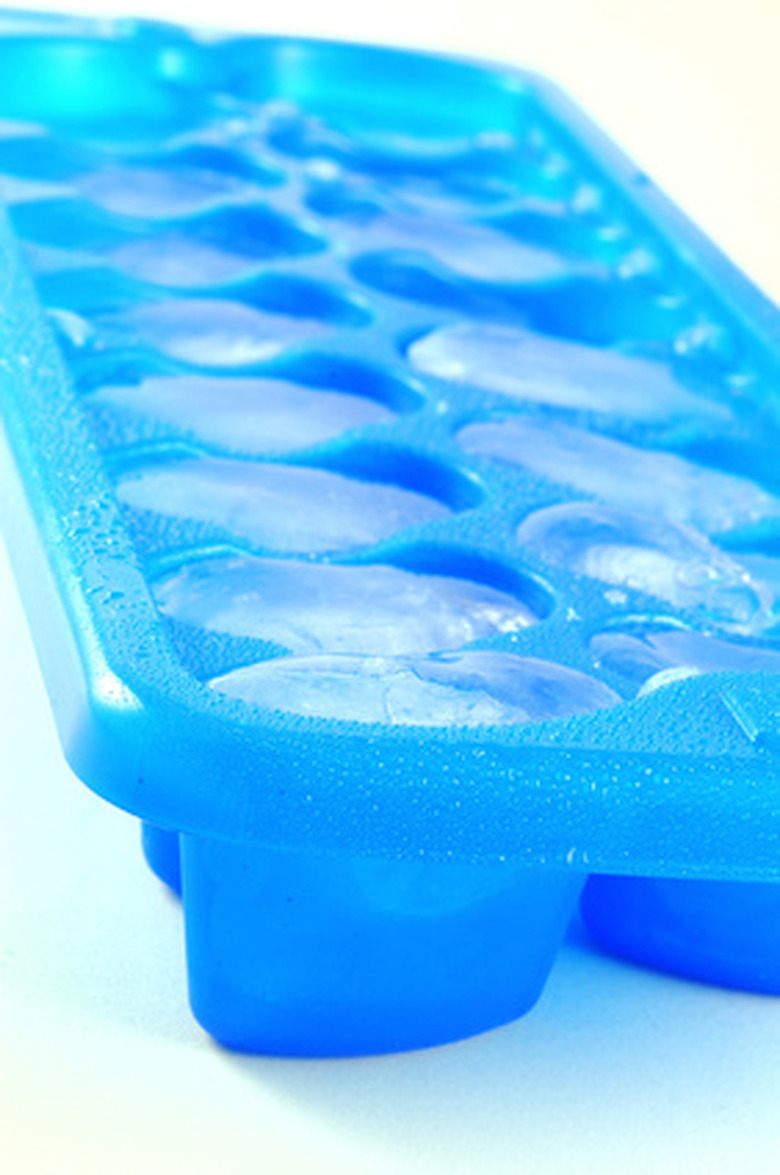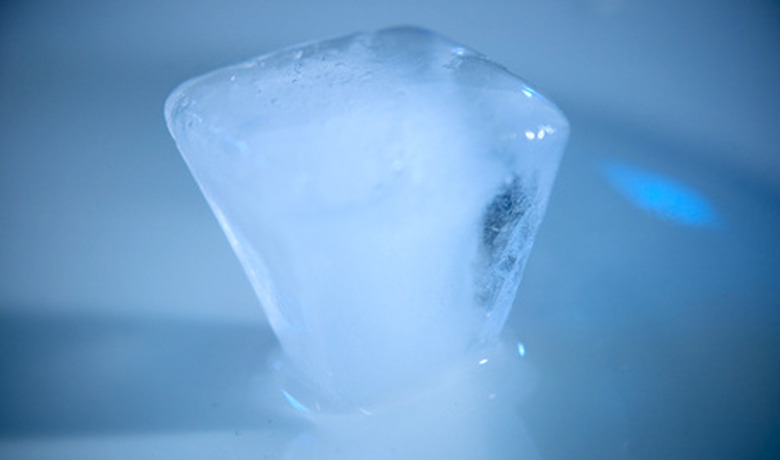What Makes An Ice Cube Melt?
Ice is the solid form that liquid water takes when it is cooled below 0 degrees Celsius (32 degrees Fahrenheit). Ice melts due to the chemical properties of water. There are more hydrogen bonds between the molecules of ice than in water. Ice begins to melt when its temperature exceeds 0 degrees Celsius and hydrogen bonds between water molecules break.
Chemical Structure of Ice
Chemical Structure of Ice
An ice or water molecule consists of two hydrogen atoms covalently bonded to one oxygen atom. The atoms share electrons, causing the oxygen atom to carry a slightly negative electric charge, while the hydrogen atoms are slightly positive, resulting in a polar molecule. Because of this polarity, water molecules are attracted to each other and form hydrogen bonds between molecules.
Difference Between Water and Ice
Difference Between Water and Ice
The hydrogen bonds between hydrogen and oxygen atoms are weaker than covalent bonds, and they control the physical properties of water and ice. Water molecules are hydrogen bonded more strongly to each other in ice than in liquid water, though in ice the molecules are more widely separated, causing ice to be less dense than water.
Melting
Melting
Ice melts when heat energy causes the molecules to move faster, breaking the hydrogen bonds between molecules to form liquid water. In the melting process, the water molecules actually absorb energy. This is why an ice cube melts more quickly on the outside and retains its coldness and solidity longer at the center: melting is a cooling process. As more heat is introduced, the ice will continue to melt, and if the temperature exceeds the boiling point, about 100 degrees Celsius (212 degrees Fahrenheit), more hydrogen bonds between water molecules will break completely, creating water vapor.
Other Factors
Other Factors
The addition of foreign substances, such as salt or chemicals particles, melts ice faster because they upset the equilibrium of the melting and freezing processes. The more foreign particles on its surface, the fewer water molecules the ice can capture, slowing the freezing process. Salt is used to melt ice on sidewalks and roadways because it is cheap and accessible, not because it is more effective than other substances.
Cite This Article
MLA
Huber, Caroline. "What Makes An Ice Cube Melt?" sciencing.com, https://www.sciencing.com/ice-cube-melt-7485740/. 24 April 2017.
APA
Huber, Caroline. (2017, April 24). What Makes An Ice Cube Melt?. sciencing.com. Retrieved from https://www.sciencing.com/ice-cube-melt-7485740/
Chicago
Huber, Caroline. What Makes An Ice Cube Melt? last modified March 24, 2022. https://www.sciencing.com/ice-cube-melt-7485740/

